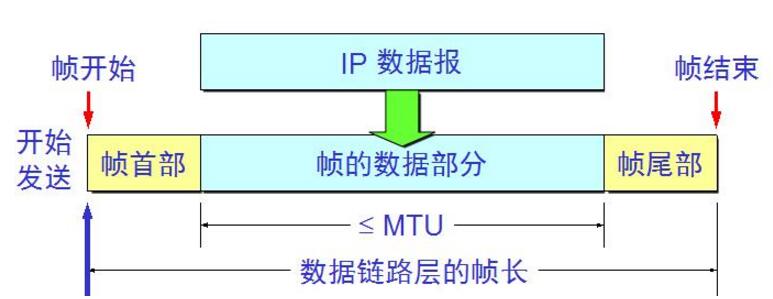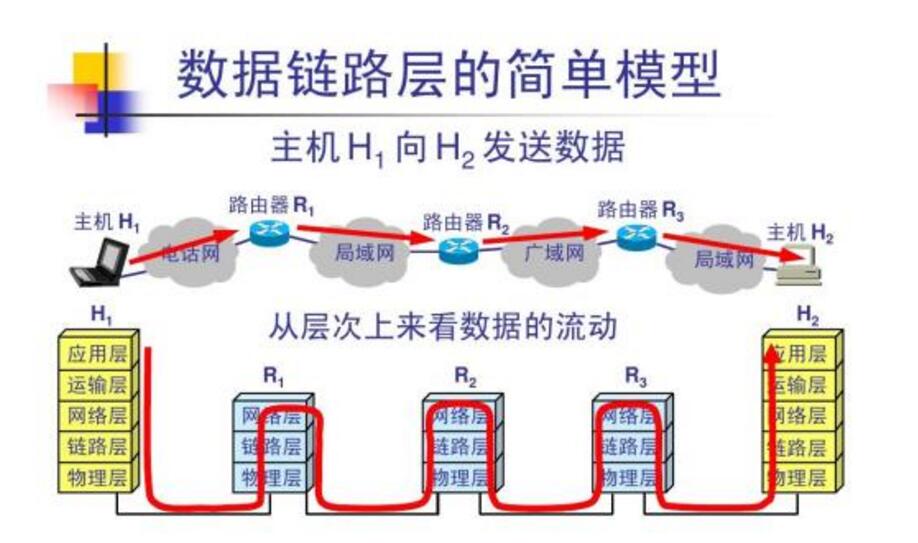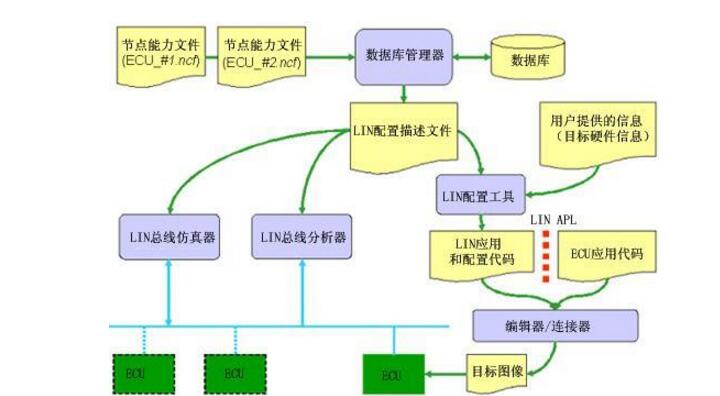Introduction to the Data Link Layer
The data link layer is the second layer in the OSI reference model, positioned between the physical layer and the network layer. Its primary role is to provide reliable communication services to the network layer based on the underlying physical layer's capabilities. The most fundamental service it offers is the reliable transmission of data from the network layer to the adjacent node’s network layer. To achieve this, the data link layer must perform several key functions, such as framing data into blocks called frames, which serve as the transport unit for this layer. It also manages frame transmission over the physical channel, including error detection and correction, flow control, and maintaining and releasing the data link between two network entities.






Hydraulic DC motor is a device that converts electrical energy into hydraulic energy. The power transmission through the hydraulic system has the characteristics of high efficiency and stability. Therefore, they are often used in applications requiring high torque and low speed movement, such as industrial equipment, the automotive industry, agricultural machinery and ships. The power transmission through the hydraulic system has the characteristics of high efficiency and stability.
Hydraulic Dc Motors,Hydraulic Dc Motor,Dc Hydraulic Pump,Dc Hydraulic Pump Motor
Wuxi Jinle Automobile Motor Factory , https://www.wxjldj.com